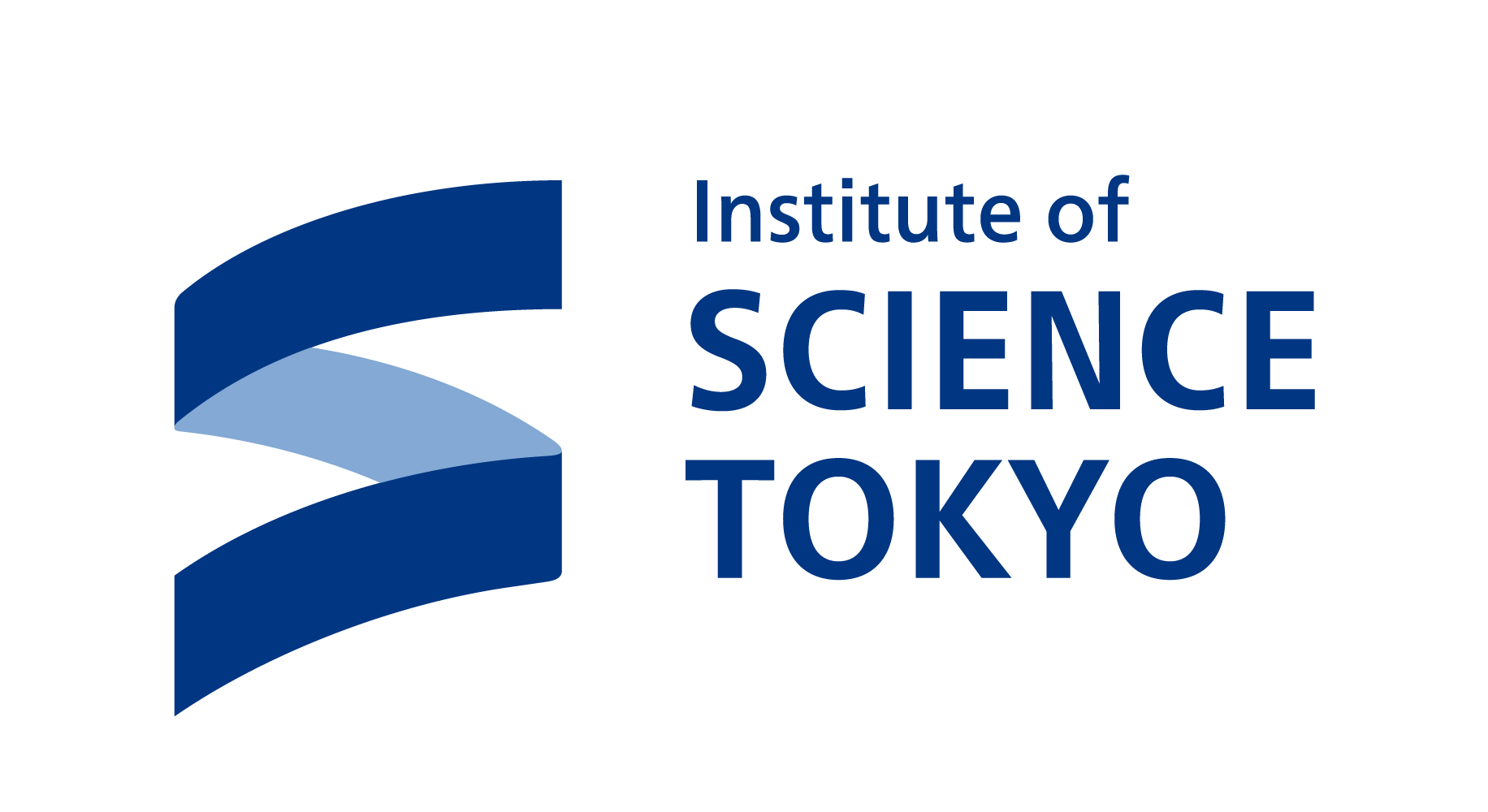
物質循環を基礎とした健全で持続可能な流域環境の創出: 鉄やセシウムなどの微量元素動態 / Creation of healthy and sustainable water environment based on elemental cycles: Trace element dynamics such as iron and cesium
【物質循環を基礎とした健全で持続可能な流域環境の創出/ Creation of healthy and sustainable water environment based on elemental cycles】
海洋や沿岸域、湖沼、河川など世界各国の水域は、生態系や水質を健全に管理・保全することにより、豊かな水産資源を育む場としての機能や、また良質な水資源を提供する場としての機能を持続的に発揮していくことが期待されています。国連が主導する持続可能な開発目標(SDGs)においても、持続可能な水利用(目標6)、海洋・水産資源の管理・保全(目標14)、生態系保全や生態系サービスの確保、持続可能な土地利用(目標15)は極めて重要な課題とされ、物質循環を基礎とした健全で持続可能な流域水質の創出は人類社会の優先課題と認識されています。
古くから、流域の水質・生態系管理には、窒素やリンなどの栄養塩が主な評価指標として活用されてきましたが、これまでの国内外における研究から、海洋や沿岸域、湖沼など多様な水域において、窒素等の主要栄養塩のみならず、微量必須金属(鉄など)が一次生産者の増殖を支配する生元素であることが認識されるようになりました。このような水域では微量必須金属が基礎生産を決定づけるため、一次生産性や水生生態系の動態を適切に理解していくには、存在する微量必須金属の化学形態や一次生産者(藻類等)による摂取・増殖機構を明らかにすることが重要な課題となっています。当該テーマでは、これまでに微量必須金属の多様な化学反応を素反応レベルで詳細に解析・体系化し、一次生産者による摂取を説明可能な速度論モデルを構築しました(図)。また、古くから鉄不足と磯焼けの関連性が指摘されいる三陸沿岸などに反応速度論モデル等を適用することで、東日本大震災後の沿岸域環境保全を目的とした流域土地利用の提案も行っています。このような研究プロジェクトを通して、社会的価値のある沿岸域を将来にわたり永続的に保全していくために必要な知見を提供しています。さらに、福島原発事故に伴う放射性核種の環境汚染をはじめ、微量汚染物質による水環境問題が重要な社会的課題と位置づけられるなか、開発された反応モデルや水質化学に関する先端的知見は、微量元素の環境影響評価やエネルギー生産型排水処理技術の開発に活用されています。
Water bodies around the world, including the oceans, coastal areas, lakes and rivers, are expected to sustainably function as places to nurture rich marine resources and provide high-quality water resources through sound management and conservation of ecosystems and water quality. In the United Nations Sustainable Development Goals (SDGs), sustainable water use (Goal 6), management and conservation of marine and fishery resources (Goal 14), ecosystem conservation, assurance of ecosystem services, and sustainable land use (Goal 15) are also considered to be important issues, and creation of healthy and sustainable water environment considering the elemental cycles in watershed. has been recognized as a priority for human society.
Nutrients such as nitrogen and phosphorus have long been used as major indicators for water quality (pollution) and ecosystem management in watersheds. However, in order to understand the dynamics of aquatic ecosystems and primary productivity, it is also important to clarify the biogeochemical functions of the essential metals (e.g., mechanisms of metal uptake and growth by primary producers such as algae). In this theme, we have analyzed and systematized various chemical reactions of the essential trace metals at the elementary reaction level, and constructed a kinetic model that can explain the uptake of these metals by primary producers (see figure). In addition, we are proposing to apply the reaction kinetic model to the Sanriku coastline, where iron shortages have long been considered to be associated with the Isoyake (i.e., the burning of the rocky shore), to propose watershed land use and coastal environmental conservation after the Great East Japan Earthquake. Through these research projects, we are providing the knowledge necessary for the permanent conservation of socially valuable coastal areas in the future. In addition, since the environmental contamination of radionuclides following the Fukushima nuclear power plant accident and the water environment problems caused by micro-pollutants are regarded as important social issues, the developed reaction models and advanced knowledge on water chemistry are being utilized for such environmental impact assessment as well as the development of energy-producing wastewater treatment technologies.
(Figure from Natsuike et al 2020 and others)

【自然水中における鉄の反応速度論と生物利用性 / Reaction kinetics and bioavailability of iron in natural water】
当該研究の背景として、沿岸域や湖沼など様々な自然水中において、鉄は生態系の根幹である生物基礎生産を支配する微量必須金属と認識されていますが、多様な化学形態をとりかつ低濃度で存在します。このため、鉄の化学的動態や生物影響はこれまで十分に明らかにされてきませんでした。そのような中、微細藻類による摂取速度論モデルの構築や放射性同位体を用いた培養試験による検証を通して、鉄の形態変化と微細藻類による鉄摂取機構を明らかにしました。この研究成果は、素反応というミクロなレベルから鉄化学種の形態変化を体系化しており、環境水質や生態系の評価・予測における新規要素技術として有用と期待されます。また、SDGsの中でも特に持続可能な陸域土地利用(SDGs15.1)や海洋資源開発(SDGs 14.2) と関連しています。なお、鉄の化学反応速度論に関する一連の研究に対して「平成23年度科学技術分野の文部科学大臣表彰科学若手者賞」などが授与されています。
Iron is recognized as a trace elemental metal that controls basic biological production, which is the basis of ecosystems in various natural waters such as coastal areas and lakes. However, the chemical kinetics and biological effects of iron was not sufficiently elucidated. Thus, we have developed a kinetic model of iron uptake by microalgae and verified it through culture tests using radioisotopes to clarify the chemical speciation changes of iron and the mechanism of iron uptake by microalgae. The results of this research systematized the speciation changes of iron species from the level of elementary reactions, and are expected to be useful as a new elemental technology for the evaluation and prediction of environmental water quality and ecosystems. It is also relevant to the SDGs, especially sustainable land use (SDG 15.1) and marine resource development (SDG 14.2). The Young Scientists’ Prize of the Commendation for Science and Technology by the Minister of Education, Culture, Sports, Science and Technology for Young Scientists in the field of science and technology in 2011 was awarded for a series of studies on the chemical reaction kinetics of iron.
(Figure from Fujii et al 2015 and others)

【河川水中における福島原発由来放射性セシウムの動態 / Dynamics of Fukushima-derived radioactive cesium in river water】
2011年3月に生じた福島原発事故により多様な放射性物質が環境中に漏洩、拡散しました。特に、放射性セシウム(RCs)は半減期が長く、γ線を放出することから、ヒトや生態系への影響が懸念されます。そこで、本研究では、福島原発から最も近い一級河川である阿武隈川を対象とし、RCs動態や消長を明らかにすることを目的として実施されました。その結果、RCsは河川堆積物中の特に藻類由来有機物に高濃度で蓄積されていることが明らかとなりました。この結果は、河川堆積物の中でも比重の小さい有機物群を取り除く、もしくは藻類池などを流域に設置することで、水中のRCsを効率的に除染可能であることを示唆します。当該研究成果は、SDGsの中でも、特に陸水生態系の保護・回復(SDGs6.6、15.1)や海洋汚染防止(SDGs14.1) に貢献すると考えられます。
As a result of the Fukushima nuclear power plant accident in March 2011, various radioactive materials were leaked and spread into the environment. In particular, radioactive cesium (RCs), which has a long half-life and emits gamma-rays, is of particular concern for humans and ecosystems. This study was conducted in the Abukuma River, which is the closest first-class river to the Fukushima Daiichi Nuclear Power Plant, with the aim of elucidating the pollution state of RCs. As a result, it was found that RCs were accumulated in high concentrations in the river sediments, especially in algae-derived organic matter. This result suggests that it may be possible to effectively decontaminate RCs in the water by removing groups of organic matter with low specific gravity in river sediments or by installing algae ponds in the basin. The results of this research will contribute to the protection and restoration of terrestrial and aquatic ecosystems (SDGs 6.6 and 15.1) and the prevention of marine pollution (SDG 14.1) among SDGs targets.
(Figure from Fujii et al 2018)

関連文献/References
- Natsuike, M., Endo, Y., Ito, H., Miyamoto, M., Yoshimura, C., Fujii, M., Iron uptake kinetics by coastal micro and macro algae in relation to riverine and coastal organic matters, Estuarine, Coastal and Shelf Science, Elsevier, Vol 235, 106580, 2020.
- Fujii, M., Yeung,A. C. Y., Waite, T. D., Competitive Effects of Calcium and Magnesium Ions on the Photochemical Transformation and Associated Cellular Uptake of Iron by the Freshwater Cyanobacterial Phytoplankton Microcystis aeruginosa, Environmental Science & Technology, ACS, Vol. 49, No. 15, pp9133-9142, 2015.
- Fujii, M., Ono, K., Yoshimura, C., Miyamoto, M. (2018) The Role of Autochthonous Organic Matter in Radioactive Cesium Accumulation to Riverine Fine Sediments, Water research, Elsevier, Vol 137, 18-27.
- 科研費基盤研究(B) 2019-21年度「分子レベル有機錯体解析に基づく流域での溶存鉄の起源・輸送機構解明」(研究代表)、科研費基盤研究(B) 2017-19年度「モリブデンの環境動態に着目した毒性藍藻類の窒素固定特性と異常増殖メカニズムの解明」(研究代表)

